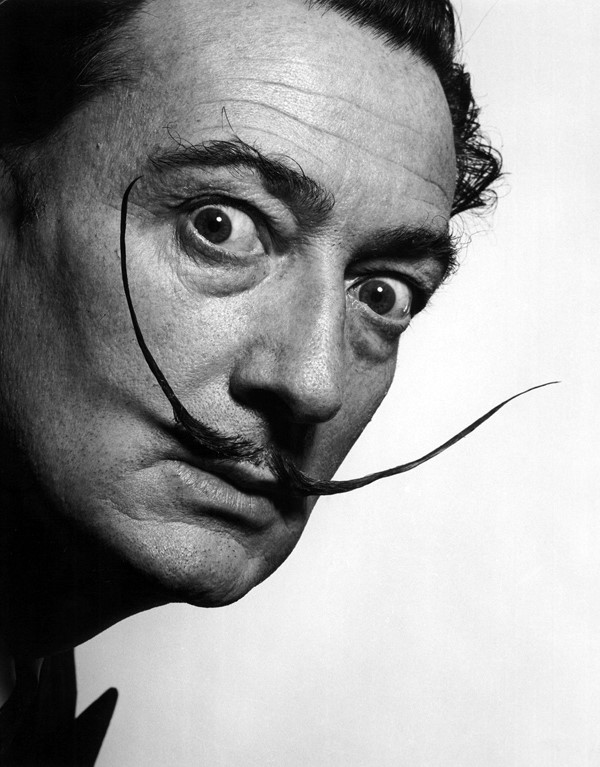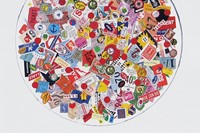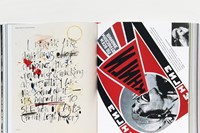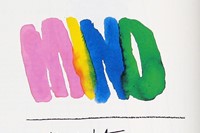It's 10 years since Alan Fletcher's pioneering publication first hit the shelves. The heavy compendium of anecdotes, quotes, images and bizarre facts, intended to entertain and inspire those who enjoy the interplay between word and image, the odd
It's 10 years since Alan Fletcher's pioneering publication first hit the shelves. The heavy compendium of anecdotes, quotes, images and bizarre facts, intended to entertain and inspire those who enjoy the interplay between word and image, the odd and the unexpected.
To celebrate the anniversary and the prolific graphic design work of its author, the late Fletcher, London's Kemistry Gallery and Fletcher Studio are running an exhibition set to open its doors next week. Entitled Mind Over Matter: Alan Fletcher’s The Art of Looking Sideways, the show will bring together original material from the Fletcher's archive documenting thirty or so years of attentive curiosity by the designer on his travels. It's always interesting to see the working process of a creative, but Fletcher's way was unique – witty, exhaustive and clever. He documented extensively and had fun with design, surrounding himself with inspirational objects (iron gates in the shape of elongated letters of the alphabet in front of his house) and making doodles of his favourite meals.
As well as the seminal book, Kenyan-born Fletcher is also known for his founding roles in the English design firm Fletcher Forbes Gill and the internationally recognised design group Pentagram. Throughout his career, he maintained design was part of our everyday life and encouraged his audience to enjoy its visual aspects; this book was his attempt to make sense of the modern world. Compiled over 18 years, The Art of Looking Sideways is a concise demonstration of Fletcher's mind at work, elevating him from the sole role of 'graphic designer'. The book's pace was to mimic that of a film – busy in sections, calmer and quieter in others. Intended for those with short attention spans – Fletcher once suggested it would be a good book for reading on the toilet – ideas rarely run over a spread. It is divided into 72 sections, clearly marked with a black divider and a quotation, with names such as 'Colour', 'Noise', 'Chance' and 'Imagination'. It is loaded with clever visual challenges – a cat that could be an owl, Fletcher's visual encounters of key cities (Bangkok: "temples which predated Disneyland by hundreds of years"), an anthropomorphic handbag and a translation of Rodchenko's iconic Soviet artwork. On its release in 2001, Fletcher described the book as "a collection of shards" that captures the sensory overload of a world that simply contains too much information – 10 years into the digital revolution, his metaphor is even more apt.
Mind Over Matter: Alan Fletcher’s The art of looking sideways August 25 – October 1 2011 at Kemistry Gallery.
Text by Laura Bradley



